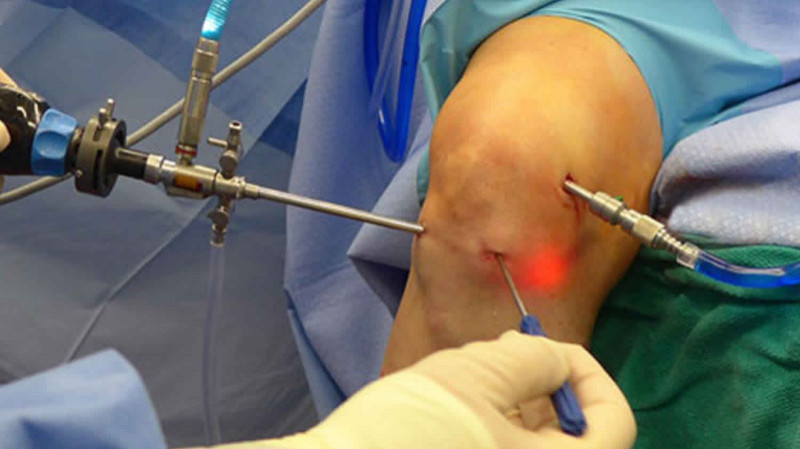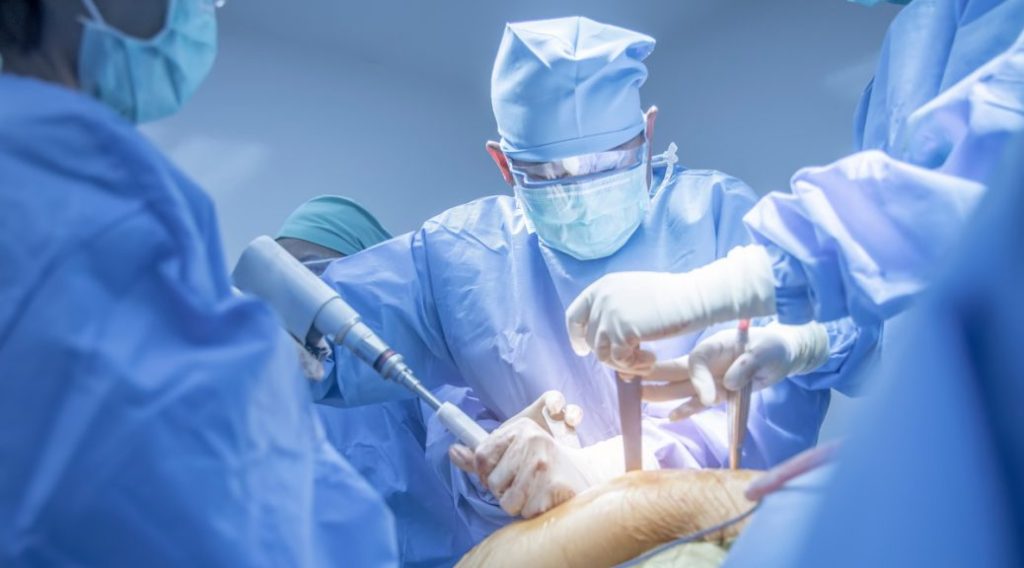Understanding Arthroscopy: A Guide to Minimally Invasive Surgery
Understanding Arthroscopy is essential for anyone considering minimally invasive surgery. This guide will cover everything you need to know about Arthroscopy, from the procedure itself to recovery and long-term outcomes. What is Arthroscopy? Arthroscopy is a minimally invasive surgical procedure used to diagnose and treat problems inside a joint. The procedure involves inserting a small camera, called an arthroscope, into the joint through a small incision. This allows the surgeon to see the inside of the joint on a screen and perform necessary treatments. For more details, check out minimally invasive orthopedic surgeries. Why You Might Need Arthroscopy Arthroscopy is often recommended for individuals experiencing joint pain, stiffness, or other symptoms that do not respond to non-surgical treatments. It is commonly used for knee, shoulder, elbow, ankle, and wrist problems. For a closer look, you can read about joint preservation and management. The Procedure During Arthroscopy, the surgeon makes a small incision and inserts the arthroscope into the joint. The camera on the arthroscope transmits images to a video monitor, allowing the surgeon to see inside the joint and guide the surgical instruments. Small instruments are used to treat the joint issues, such as removing damaged tissue or repairing tears. Dr. Vatsal Khetan’s expertise in arthroscopic surgeries can guide you through the process. Recovery and Rehabilitation Recovery from Arthroscopy is typically quicker than traditional open surgery due to the smaller incisions. Patients usually experience less pain and a faster return to normal activities. Physical therapy is often recommended to restore joint strength and mobility. For more tips on managing post-surgical recovery, check out advanced chronic knee pain management. Long-Term Outcomes Most patients experience significant improvement in joint function and pain relief after Arthroscopy. However, it’s important to follow your rehabilitation program diligently to achieve the best results. Connect with Us Follow us on social media for the latest updates: Contact Information Name: Dr. Vatsal Khetan Address: SK Pandey Complex, Betiahata Rd, beside Union Bank, Betiahata, Gorakhpur, Uttar Pradesh 273001 Phone: +91-9662 365 917
Understanding Arthroscopy: A Guide to Minimally Invasive Surgery Read More »


